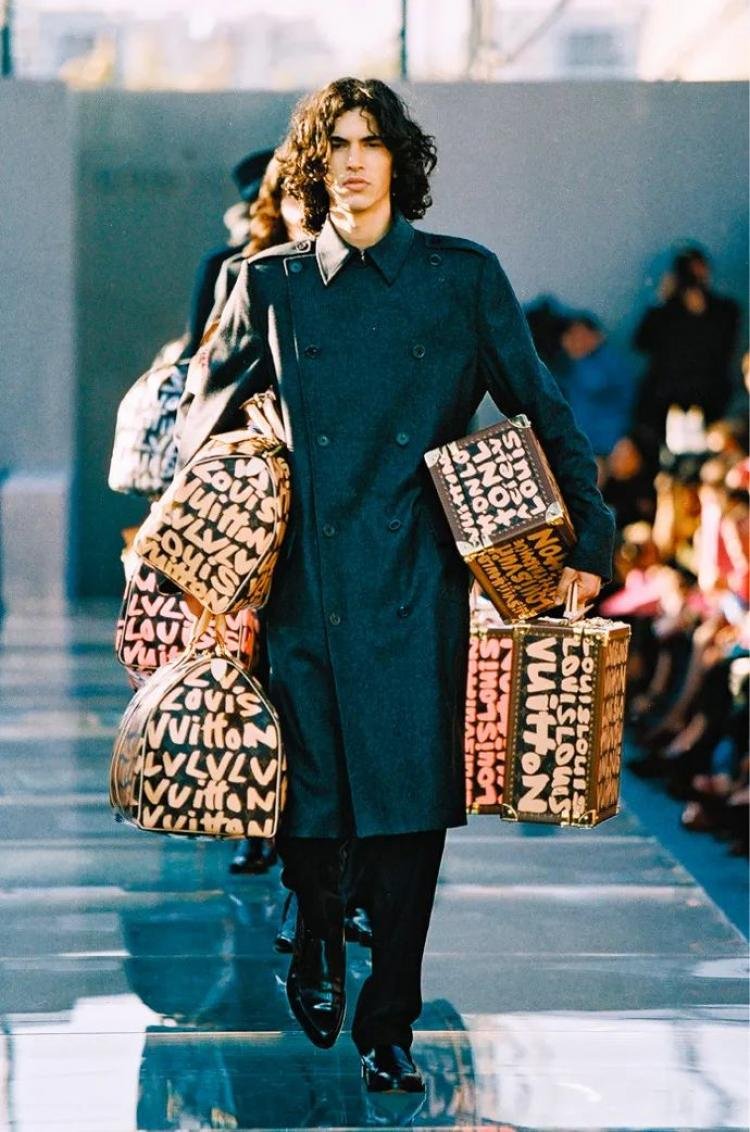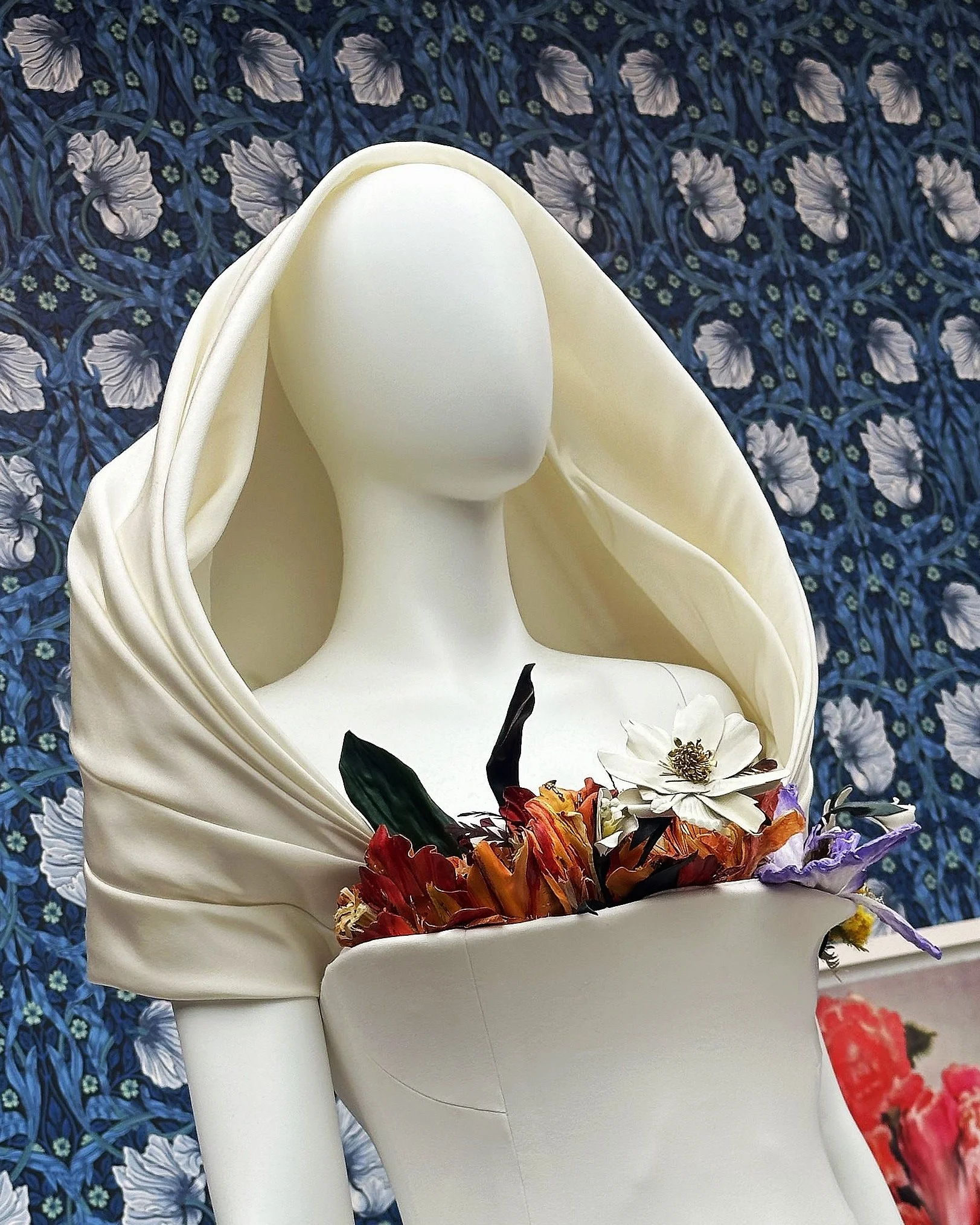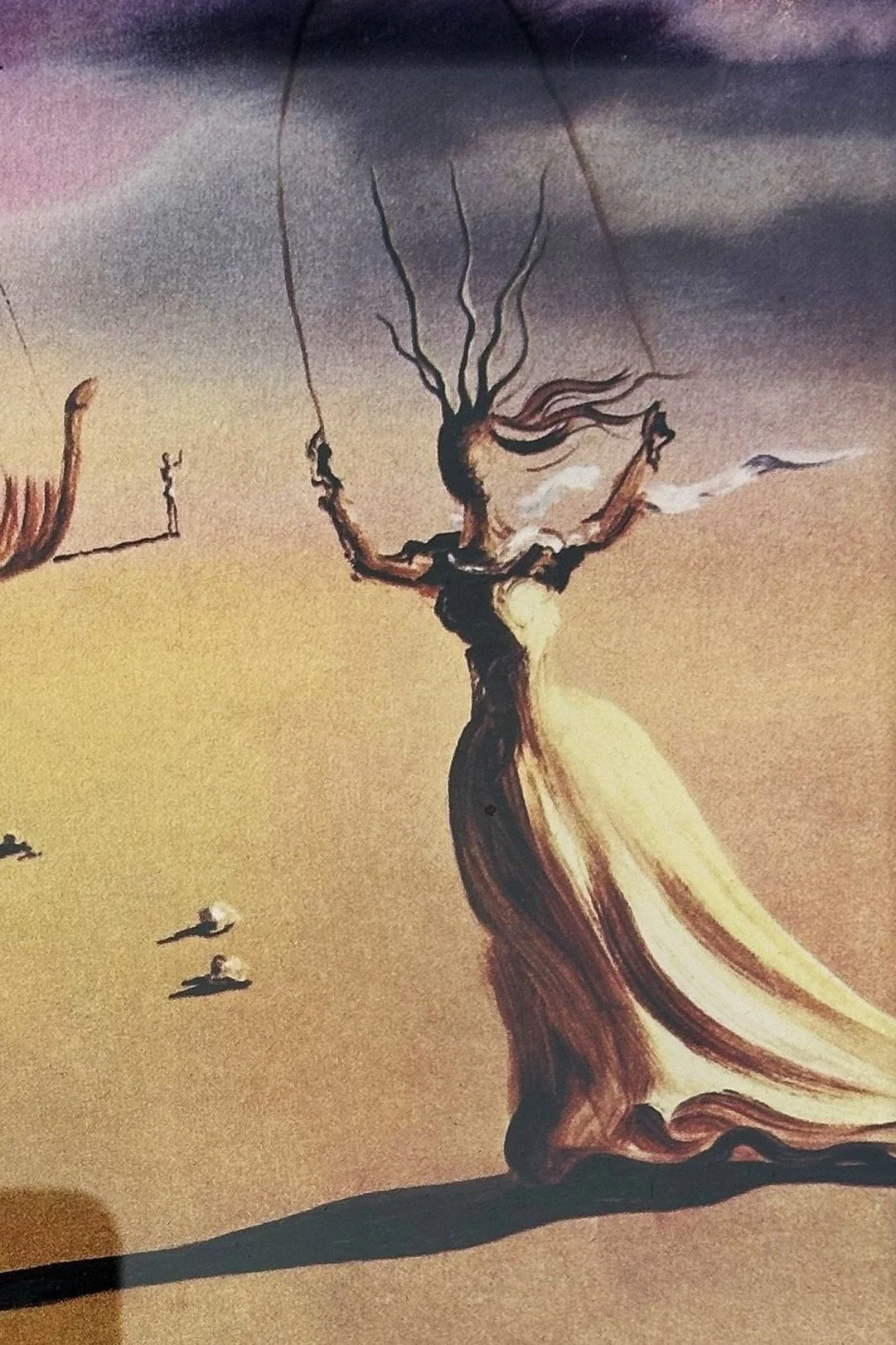The Art of Fashion: Collaborations That Changed the Game
There’s something interesting about the moment art and fashion are brought under the same roof. Both are expressive, emotional, and strong in visual storytelling. Though they’ve always shared a language of aesthetics, experimentation, and identity, they were long seen as separate worlds.
Why Collaboration Matters
Today, artist-brand collaborations are everywhere. It may seem like a modern trend, a strategy for luxury houses to stand out. But the truth is, these partnerships have been shaping culture for nearly a century. From surrealist visions of the 1930s to today’s Instagrammable installations, they reveal just as much about the evolution of luxury as they do about the creative minds.
I. Historical Icons: Schiaparelli & Dalí
In the 1930s, Elsa Schiaparelli was already building a name for herself with bold, avant-garde designs. But it was her collaboration with Salvador Dalí that truly pushed the boundaries of what fashion could be or could do. Together, they created some of the most unforgettable pieces of the twentieth century: the Lobster Dress, the Tears Dress, the Shoe Hat, and even the Skeleton Dress. These designs not only challenged the aesthetics of fashion, but also redefined its meaning within the art world by engaging with the body, emotion, and symbolism in ways that remain daring even today
Elsa Schiaparelli and Salvador Dalí, ca. 1949. Photo courtesy: Artsy.
The Lobster Dress and matching hat featured a Dalí-drawn crustacean printed across soft white silk, mixing elegance with a touch of surreal humor. The Shoe Hat turned something ordinary into something unforgettable. The Skeleton Dress, inspired by a Dalí drawing, used raised fabric to trace bones across the body. These weren’t just clothes; they were Dali’s surrealist dreams brought to reality. Decades later, that same spirit continues to resonate, not only in today’s couture, but also in pop culture moments like Lady Gaga’s bold lobster ensemble, which paid homage to Schiaparelli’s legacy. And the Shoe Hat itself still lives on, available in a reimagined form on the brand’s official website.







Lobster Dress, the Skeleton Dress, the Shoe Hat, and the Tears Dress. From archive photos to runway revivals, including Lady Gaga in the Skeleton Dress and the Shoe Hat now sold on Schiaparelli’s website. Photo courtesy: Arthive, The Guardian, Artsy, Harper’s Bazaar, Virtual Shoe Museum, and Schiaparelli.com.
I was reminded of Schiaparelli and Dalí’s collective creative power when visiting the Flowers Forever exhibition at the Saatchi Gallery. Featured in the exhibition is a 2024 wedding dress by Daniel Roseberry for Schiaparelli, blooming with hand-painted silk flowers. The design was inspired by a surreal 1939 Vogue cover by Dalí, where a woman’s head is made entirely of blossoms. Seeing it in person added a layer of meaning.
Schiaparelli by Daniel Roseberry, “Flowers Forever”. Photo Courtesy: Michele Saad at Saatchi Gallery.
What started as something bold and surreal has quietly returned to our time. It might still seem unusual, playful and emotional, but now it holds a different kind of beauty. It connects the past of luxury fashion to the present.
II. Sculpting Fashion: Alaïa & César
Fast forward a few decades, and a quieter but equally powerful collaboration took place between fashion designer Azzedine Alaïa and sculptor César Baldaccini. But this wasn’t the kind of collaboration we’re used to seeing. It wasn’t commercial, and it wasn’t about creating buzz or the next new limited-edition product. It was personal and rooted in mutual admiration between two artists who understood form at a deep level.
César Baldaccini, “César Baldaccini: Master of Compression”. Photo Courtesy: Daily Art Magazine.
César, mostly known for his crushed metal sculptures and voluptuous, surreal “expansions,” saw something sculptural in Alaïa’s clothes. Alaïa didn’t just dress the body but he shaped it. His garments feel like soft armor, tracing and protecting the form in a way that’s both architectural and intimate. In admiration, César cast one of Alaïa’s iconic dresses in bronze, transforming it into a solid and long-lasting sculpture. It honored fashion as a sculpture, and presented fashion as art.



César’s breast sculpture in bronze and printed on fabric. Photo courtesy: Design and Culture by Ed, Mutual Art.
The admiration flowed both ways. In his Spring Summer 1985 collection, Alaïa used fabric printed with abstract forms inspired by César’s work. The shapes were soft and rounded, playful in spirit, inviting touch and emotion. The clothes felt sensual, intelligent, and strong (just like Alaïa’s vision of femininity). But this was more than a simple exchange of ideas. Alaïa brought César’s world into movement and fabric, while César transformed Alaïa’s style into solid sculpture. They weren’t just collaborators but for sure they were reflections of one another.
Alaïa’s Spring/Summer 1985 collection featuring fabric printed with abstract shapes inspired by César’s work. Photo courtesy: A Shaded View on Fashion, 1stDibs, Vestiaire Collective.
This collaboration wasn’t about trend or product. It was about legacy. About two artists in conversation, using their own languages—fabric and metal - to say something that would last. In a time when so many collaborations feel rushed or transactional, this one reminds me of what it means when creatives genuinely see each other. That kind of quiet, enduring respect? It’s rare and more powerful than any campaign.
III. Contemporary Collaborations: Art as Strategy
Today, collaborations between luxury brands and artists are everywhere. While many feel driven by strategy or marketing, some still manage to feel genuinely inspired.
One of the most striking recent examples was the giant Kusama figure installed on the Louis Vuitton flagship in Paris. It wasn’t just a promotional display but it felt like a surreal object on the street. Whether people knew her work or not, they stopped, took photos, and engaged with it. It turned the façade into a kind of public sculpture, merging art and brand in a way that was both playful and monumental.
Louis Vuitton has been shaping this the collaborative space for 20 years. In 2003, their collaboration with Takashi Murakami completely reimagined the house’s identity, turning the LV monogram into a playful, colourful canvas. Since then, they’ve partnered with Stephen Sprouse, Urs Fischer, and Kusama again and each collaboration pushes the boundaries between fashion, art, vision and experience.













Louis Vuitton’s artist collaborations - Yayoi Kusama’s polka dots and Stephen Sprouse’s graffiti to Takashi Murakami’s colorful monograms.
Photo courtesy: FASHION Magazine, Fashion Network, ELLE Decor, Lifestyle Fashion Hong Kong, The Business of Fashion, AnOther Magazine, Louis Vuitton, Forbes, superFuture, Hashtag Legend.
These projects are more than just product launches. They’re cultural moments. They show how luxury today is evolving and it’s not only about preserving heritage, but about staying relevant, creating emotion, and connecting through creativity. And it made me think: what if art didn’t just live in store windows or galleries, but in the objects we interact with every day? What if beauty rituals became a form of artistic expression too?
IV. The Fine Line: Authenticity vs. Marketing
Not every collaboration works. Some feel shallow—more like art-washing than true creative exchange. With so many campaigns, it’s hard to tell what’s real and what’s just for show.
The best ones go deeper. They’re built on mutual respect and a shared vision, where the artist’s voice genuinely shapes the result. These are the moments that stay with us—not just visually, but emotionally. They don’t just sell; they speak.
Conclusion: A Future of Meaningful Collaboration
Art doesn’t need fashion to matter, and fashion doesn’t need art to succeed. But when they come together with real intention, something unique happens—something neither could create alone.
These collaborations keep luxury alive and evolving. They remind us that fashion can be emotional, creative, powerful—even joyful.
And in a time of fleeting trends, maybe the ones that last are those that make us stop, notice, and feel—long after the campaign ends.
Footnotes
[1] Love Happens Editors, "A Surreal Escape: Elsa Schiaparelli x Salvador Dalí," Love Happens Magazine, October 2024.
[2] Robert Griffin, "Lady Gaga Week—Schiaparelli Influence, Part II," Robert Griffin Style Blog, April 2010.
[3] Alice Newbold, "The Bride’s Brother, Daniel Roseberry, Designed Her Schiaparelli Wedding Dress," Vogue, February 2024.
[4] Minnie Muse Editors, "Alaïa and César: The Friendship That Sculpted Fashion," Minnie Muse, May 2021.
[5] Fashionista Editors, "Everything to Know About Louis Vuitton x Yayoi Kusama 2023," Fashionista, January 2023.
[6] Matthew Schneier, "The Complete Backstory of the Louis Vuitton x Murakami Collection," W Magazine, April 2022.
[7] Patrik Aspers, "Authenticity in Fashion," Theory, Culture & Society, Vol. 27, No. 2–3, April 2010.
Michele Saad,
Luxury Edit Co-Editor, MADE IN BED














